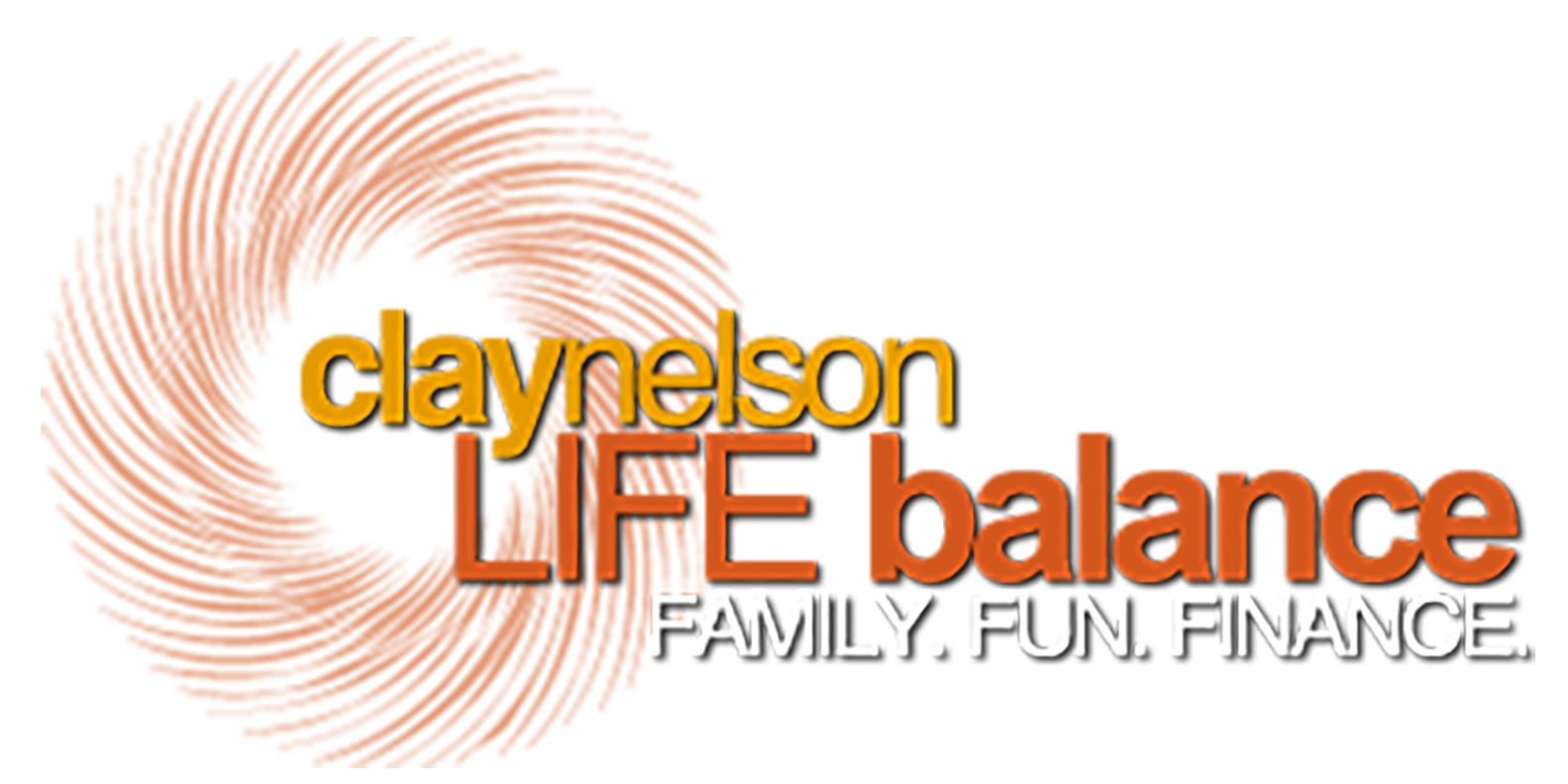Model Leadership
Accountability for doing what we say we are going to do, and by when we say we are going to do it, can sometimes take us to an uncomfortable place. After all, as a leader, you are constantly out on the edge creating new places to go and new goals to reach. It is not uncommon for our minds to say, "Um… I don't think I want to go there!" When this happens, we stop cold unless we have a system of accountability that helps keep us on track. Applying accountability to yourself and others is really a very simple process. With some commitment and communication, your accountability system will enable you, your team, and your business to achieve greater results.
How to Model Leadership and Accountability
Be a model of what it means to be accountable. You, as a leader, do so by being accountable to yourself, your plan, and your team. YOU have to do what you say you are going to do and by when you say you are going to do it. Remember: you lead by example, and if you want your team to embrace their own accountability, you must do the same.
Communicate! Ask your team members for their permission to hold them accountable for following the plan and achieving those tasks for which they are responsible. Be clear, not only verbally but in writing as well, about what you want them to do and by when. Have them repeat your words back to you to be sure they understood what you intended to communicate. Holding someone accountable for something they have not agreed to be held accountable for does not work. Also, give full permission to others to hold you accountable!
Don't assume anything about anyone. Don't make assumptions about what your team members know or don't know, and be open to questions. You don't want your team members making assumptions either. Actions based on assumptions, no matter how well-intentioned someone is, lead to disaster.
When Things Don't Go as Planned:
Unfortunately, things don't always go as planned, and at some point, someone might not reach the agreed-upon objective. It is your job as a leader to help those responsible understand where they went wrong and to avoid the same costly mistakes in the future. This can be done effectively by using the following steps:
Ask permission to have a straightforward, non-judgmental talk and find out why they did not do what they said they were going to do, by when they said they would do it. Let them explain what got in the way of their success.
Make sure they clearly understand what their mistake cost the team, the company, the family, the progress of the job, and the image of the brand.
Again, allow them the opportunity to explain their side so that they can avoid making the same mistake in the future.
Re-establish permission to communicate openly about your expectations and any future consequences. (Tip: Speak from your own experiences of having done the same thing in the past.) And, secure their commitment to change!
You, as a leader, must forgive on your feet and move on to what is next.
When everyone on a team clearly understands and accepts that they are accountable for their actions, the possibilities for you and your team are endless. Owning accountability causes us to consider the potential consequences of our actions (or lack thereof) before we take them; it allows us to spend less time backtracking and making excuses for what we did or did not do, and it leaves little room for being stopped by a particular issue or assigned task.
Accountability is a powerful tool that will help keep you and your team on track. Now, knowing what accountability can bring to you and your team, don’t turn away. Embrace accountability and the possibilities it brings today!
